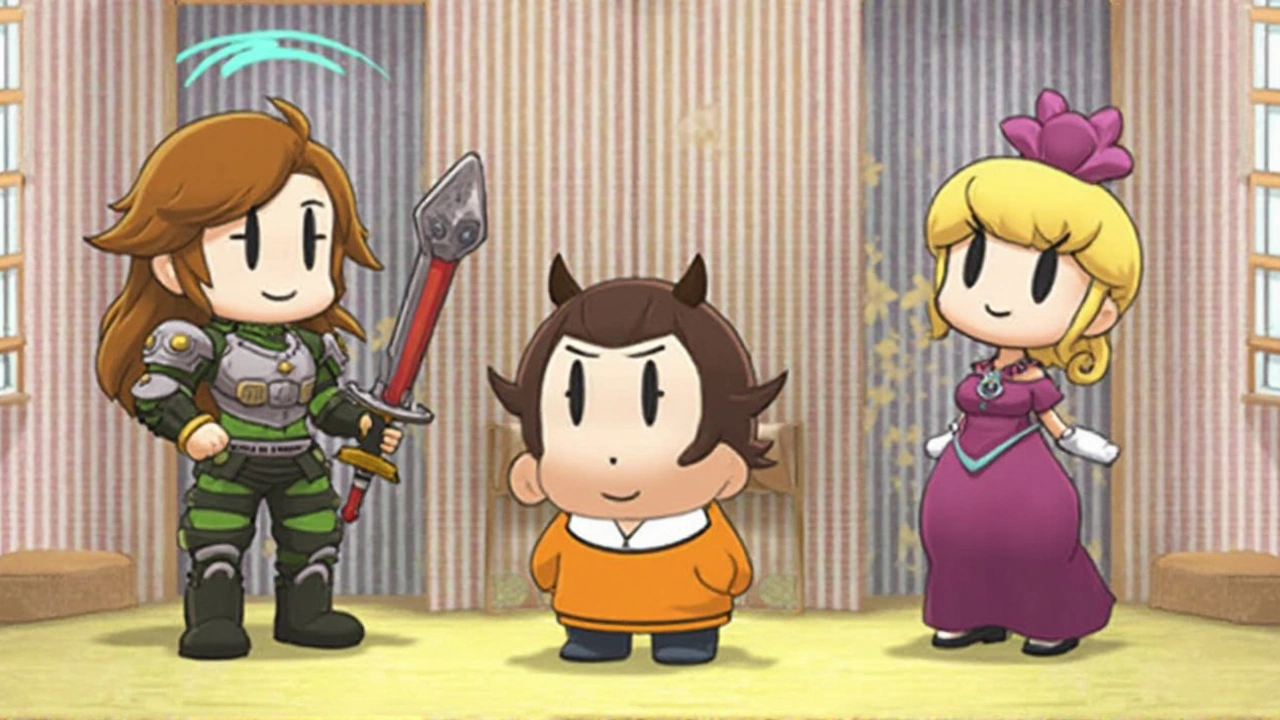In March 2014, Nintendo announced an exciting addition to the Super Smash Bros. for Nintendo 3DS—a brand-new stage inspired by its quirky, yet beloved life simulation game, Tomodachi Life. This stage creates an engaging and unusual arena for players, transporting them to the Mii Apartments that many fans of the game will find charmingly familiar.
The design of the Tomodachi Life stage is disarmingly simple yet multifaceted. It features a three-tiered layout with soft platforms that lend themselves well to a range of fighting styles. But what makes it stand out are the opaque front walls, which magically turn transparent when characters move behind them. This clever design adds a layer of strategy, as players must constantly be aware of their environment and opponents.
But that's not all. The backgrounds of this stage are populated with randomized room interiors and Miis from the player’s 3DS Mii Plaza. This randomness and dynamic aesthetics keep the stage fresh during each battle. The rooms themselves are simply decorative, reflecting the game’s focus on social interactions and daily life, rather than interfering with the gameplay itself.
What's interesting about this stage is its origin. It was conceptualized by Yoshio Sakamoto, the mind behind the original Tomodachi Collection. Sakamoto aimed to create a game appealing to adult women using Mii-driven social dynamics. This intention is clearly visible in the how the stage subtly integrates elements from Nintendo's life simulation series.
When adapted for Super Smash Bros. Ultimate, the Tomodachi Life stage retained its core structure. However, it evolved into a more streamlined experience, particularly with its Omega (Ω) and Battlefield forms. These variations stripped away some of the original’s ornamental elements, like the famed Ferris wheel, streamlining the visuals to align more with the signature Final Destination and Battlefield stage layouts.
Interestingly, these modern adaptations also come with certain restrictions on in-game elements. Specific Assist Trophies, such as the Squid Sisters, and Pokémon like the Alolan Exeggutor are excluded from this stage, even when it’s in its modified form. These exclusions do not detract from the stage; rather, they ensure a balanced and predictable aesthetic experience for players.
Moreover, the stage’s music selection is a nod to the Tomodachi series. It draws from both Tomodachi Life and Tomodachi Collection tracks, though players hoping for original remixes in Ultimate might be slightly disappointed, as these are absent. Nonetheless, the existing tracks continue to provide a fitting backdrop to the whimsical chaos that unfolds in battles.
